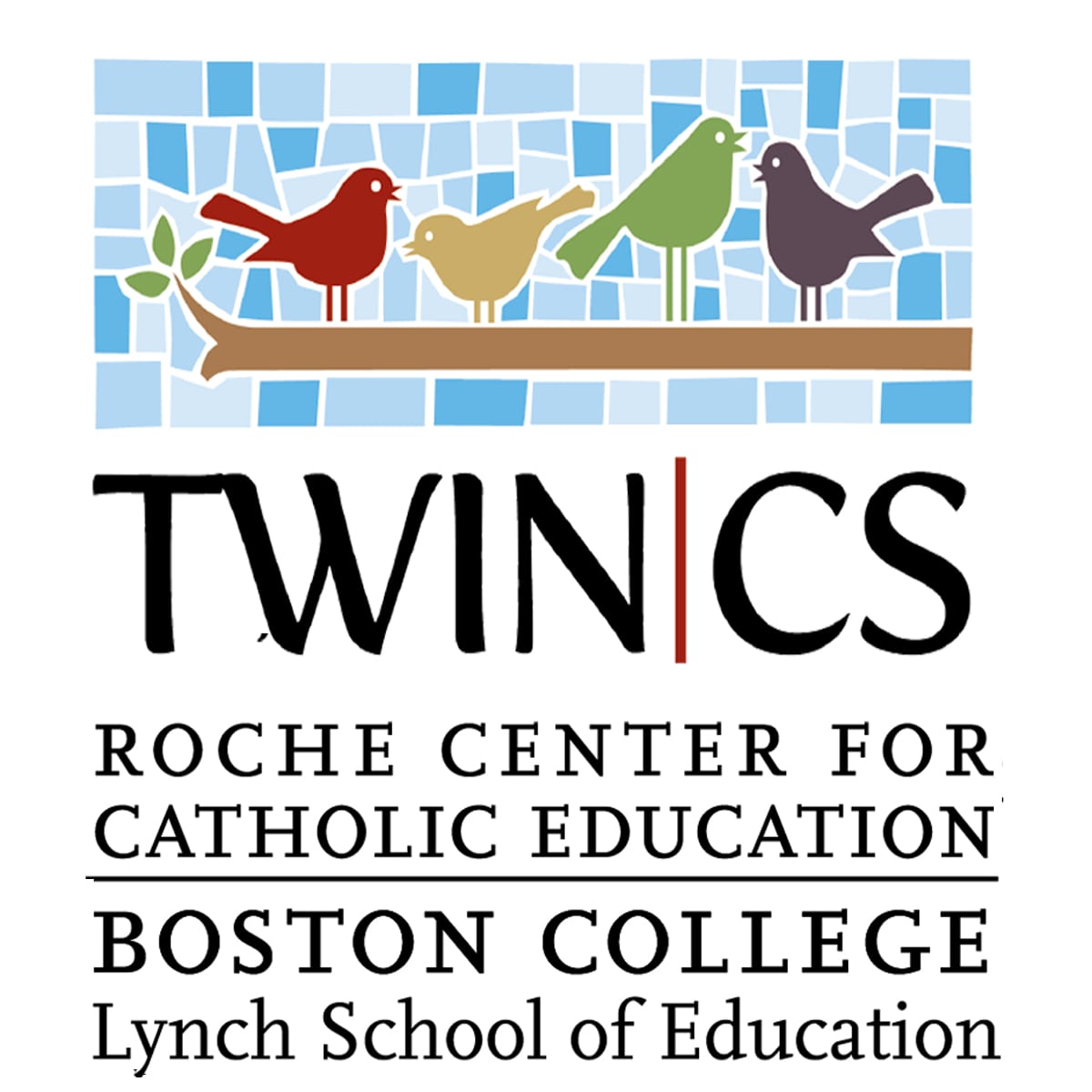As the article reminds us, California passed a controversial piece of legislation in 1998 titled Proposition 227. This legislation mandated that all English Language Learners (ELLs) must be taught exclusively in English in the state of California. Bilingual education “was often seen – and resented by some – as a form of public assistance for the sole benefit of immigrants’’ children;” as we now know, bilingualism benefits all in terms of cognitive learning, language and reading development, and the promotion of multicultural perspectives. Proposition 227 was repealed in November 2016, but its effects on the ELL population are enduring:
“…A vast body of research…has now shown that English immersion is not more successful than bilingual education in teaching English language learners. State standardized test scores from 2003 to 2010 show that the gap between English language learners and all students has widened, with their performance in English and language arts being considerably lower than all other students.”
Los Angeles, a city with the fourth highest number of Italian Americans in the U.S., now has an Italian immersion program which similarly follows our own TWI program. With this program, not only will English speakers become multilingual, but Italian children who do not know their heritage language will learn to become fluent in both languages. Formerly, “recently-arrived Italians [to the U.S.] …lamented that their children did not have the opportunity to be educated in Italian along with English like the offspring of their Spanish- or French-speaking colleagues,” now that there are established Italian immersion programs in Southern California, third or fourth generation Italians are rediscovering and reclaiming their heritage language, traditions, and history.
With tremendous support, the Italian immersion program is flourishing: “A few years after its start, the program features an extensive library of Italian books and media; it hosts Italian-language assistants and visiting teacher-interns from Italy; and it offers a variety of after-school and summer enrichment activities in Italian.”
Bilingual programs offer much more to a marginalized community than just the practical motivation of degrees, jobs, and a better education: the reclamation of heritage is crucial to a child’s ethnic identity. Studies have shown that heritage language can be lost within two generations and that oftentimes relationships within a family can be riddled with conflict due to this inability to bridge heritage, language, and tradition.
Marginalized languages are at the forefront of this discussion. While bilingual programs are already short in supply, some languages are rarely considered, if at all, for these curricula. I mention Italian as one language, but we can also consider Mandarin Chinese. Mandarin Chinese is the third most spoken language in U.S., yet not enough attention is given to develop bilingual programs. Being mindful of these outstanding issues in the dual language community, we hope to constantly and consistently improve our education system to be more inclusive, more tolerant, and more aware with all students, especially heritage language learners.
Please follow the blog to hear more about dual language immersion programs from around the world!
-Melissa Hoppie, Graduate Student Researcher
